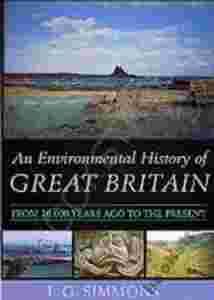|
This is a history of the environment of England,
Wales and Scotland, and of the interactions of people,
place and nature since the last ice sheet withdrew some
ten thousand years ago. It is concerned with the
changing cultures (in the full anthropological sense) of
the peoples inhabiting Britain as well as with the
environment they transformed, exploited, abused and
cherished. As the author points out, every culture in
Britain has had to acknowledge its placement on a set of
islands 50 N where any month of the year can be the
wettest month of the year, where there are some long
shallow estuaries and a few deep inlets, and where
cereals do not reliably ripen 300 metres above
sea-level. Cultural imagination cannot alter these
realities, but it can variously view them as dangerous
or picturesque, as economic or uneconomic. The book is a
history of changing reflexivity in the interactions
between people, culture, and nature. The book is
structured as a chronological narrative. It is written
with unusual grace, wit and clarity, and illustrated
with 50 photographs and some 60 maps and diagrams, all
specially prepared for this book.The author draws on a
very wide range of sources and uses scientific evidence
as well as the conventional historical record, as well
as on his own experience of the landscapes of Britain.
This is cultural and natural history at its best, with a
wide appeal within and without the academy. |
|

